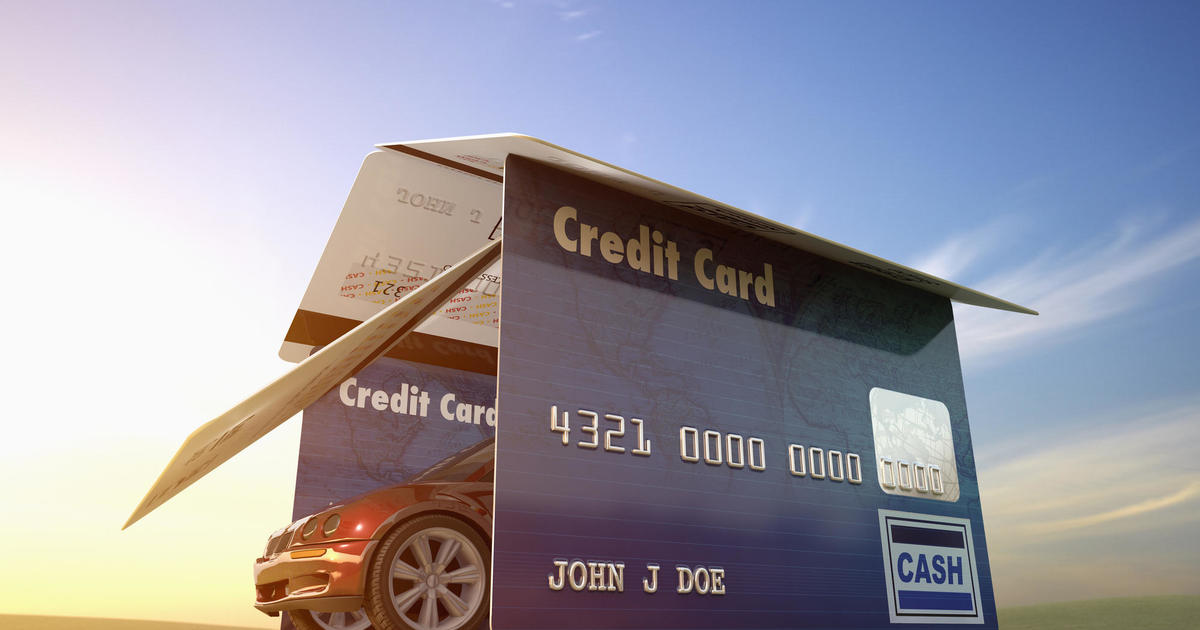Drive a little or a lot, car insurers charge the same
It doesn't matter whether you're a salesperson who drives thousands of miles each year or the proverbial "little old lady" who only drives to church on Sunday: Your car insurance premiums are likely to be similar – and cost more each year.
That's the counterintuitive, but probably accurate, picture drawn by two surveys of auto insurance rates -- one by the Consumer Federation of America (CFA), the other by Internet auto insurance search engine The Zebra.
"The nation's largest auto insurers generally offered little or no premium reduction to low-mileage drivers even though insurance research indicates that how much you drive is among the most important factors in predicting accidents," said CFA Director of Insurance J. Robert Hunter. After all, he said, "You can't crash if you're not driving!"
The CFA report looked at insurance quotes in 12 US cities from five major insurers – Allstate (ALL), Farmers, Geico, Progressive (PGR) and State Farm. The average savings in premium was a mere 1.6 percent for every 5,000 mile-reduction in miles traveled, or less than $3 a month.
That doesn't amount to much when you consider that if you're insured by Allstate, your average cost to drive in Boston is nearly $3,900 a year, the CFA survey found.
Insurers were quick to criticize the CFA survey. "This is the latest in a long series of studies based on flawed research," said David Snyder, who runs the policy and research unit at the Property Casualty Insurers Association of America (PCIAA).
Snyder also claimed the CFA analysis ignores many other factors insurers take into consideration, such as traffic congestion, which he said "are more important in predicting loss."
The Zebra survey came to the same conclusion as the CFA: How much you drive has only a modest impact on your car insurance rates. The group's analysis is based on a timeframe ranging from September to December 2017 that looked not only at auto insurance quotes, but also at data compiled from insurance company rating platforms and their public rate filings.
"Average mileage has a minimal effect on auto insurance premiums," said The Zebra's Executive Chairman Adam Lyons. "Nationally, drivers would see a 6 percent savings if they formerly drove 15,000 miles a year and then opted to cut in half their annual mileage."
According to the Federal Highway Administration, the average motorist aged 20 to 55 drives about 15,000 miles a year, and it's unlikely that most would be able to cut that in half, particularly if they use their car for work.
Lyons pointed out that the national average car insurance premium is now $1,427 a year, 20 percent higher than in 2011. "That's expensive," he added.
But there was one notable – and pleasant – exception, and it was found in the largest auto insurance market in the country -- California. Savings there would amount to 25 percent of the total cost of a policy, or about $400 a year, according to The Zebra.
Los Angeles motorists could save almost 9 percent a year for every 5,000 miles not driven, according to CFA. This compares to a savings of less than 1 percent for drivers in Charlotte, North Carolina.
It's clear why California stands out in this respect. According to Hunter, under California law, insurers are required to weight annual mileage as the second-most important factor in determining premiums, just after a motorist's driving record, which includes accidents and speeding tickets.
The state has ruled out using a person's credit rating, education or marital status when an insurer figures out how much to charge for an auto policy. Insurers would like to use this data because they have evidence to show that married and educated people with good credit make safer drivers. Hunter believes this practice leads to discrimination against poor people and minorities.
North Carolinians may not benefit from lessening their annual driving mileage, but do pay among the nation's lowest insurance rates. The average driver in the Tarheel state pays $865 annually for coverage, about half of the $1,713 shelled out by a Californian, according to The Zebra.
"Lower population density certainly helps," said Lyons, "but rates there are still up nearly 23 percent since 2011."
Still, Californians are better off than drivers in Michigan, which has the nation's highest rates at more than $2,600 per year.
Spokesperson Michael Barry of the Insurance Information Institute, which represents auto insurers, said the way to make sure your annual mileage is reflected in your rates is to volunteer for one of the usage-based insurance products offered by insurers. These products include Progressive's "Snapshot" and State Farm's "Drive Safe and Save" mobile app.
Remember that these products not only monitor your mileage, but also the way you drive, including acceleration, hard braking, night driving and other factors that could lead to an increase in accidents. Some drivers who use them complain that it's unclear what kind of discount they get and for what, since it's mainly up to the insurer to make the determination.




